Abstract
1. Control of enzyme formation has been examined in the pathways degrading mandelate and p-hydroxymandelate in Pseudomonas fluorescens. 2. The first three enzymes form a group which is common to both pathways and which is co-ordinately induced or repressed. The genes controlling these enzymes are assumed to form a `regulon'. This group of enzymes is induced by mandelate or p-hydroxymandelate and repressed by benzoate and by p-hydroxybenzoate (the immediate end products resulting from the action of this group of enzymes). 3. Repression is independently exerted by end products of enzymes controlled by succeeding regulons, i.e. by catechol, by protocatechuate and finally by succinate and acetate. 4. The pattern is repeated further along the pathway, so that benzoate oxidase (controlled by the second regulon) is repressed by its immediate end product, catechol, and again by succinate and acetate. 5. Pyrocatechase, an enzyme controlled by the third regulon, is repressed by succinate and acetate. 6. There is a parallel system of multi-sensitive repression mechanisms controlling production of the enzymes that degrade the hydroxy compounds. Again, the enzymes of each regulon are repressed by the immediate end product of their action and by the end products of each succeeding group of enzymes. 7. Repressor activity appears to be exerted by compounds that are likely to occur as such in the external environment or that occur at points of convergence of the degradative pathways of the cell. 8. The net effect of this control system, involving both induction and end-product repression, appears to be that cells will not form inducible degradative enzymes if the end products are already being supplied from without or are being produced by degradation of some alternative source of carbon and energy.
Full text
PDF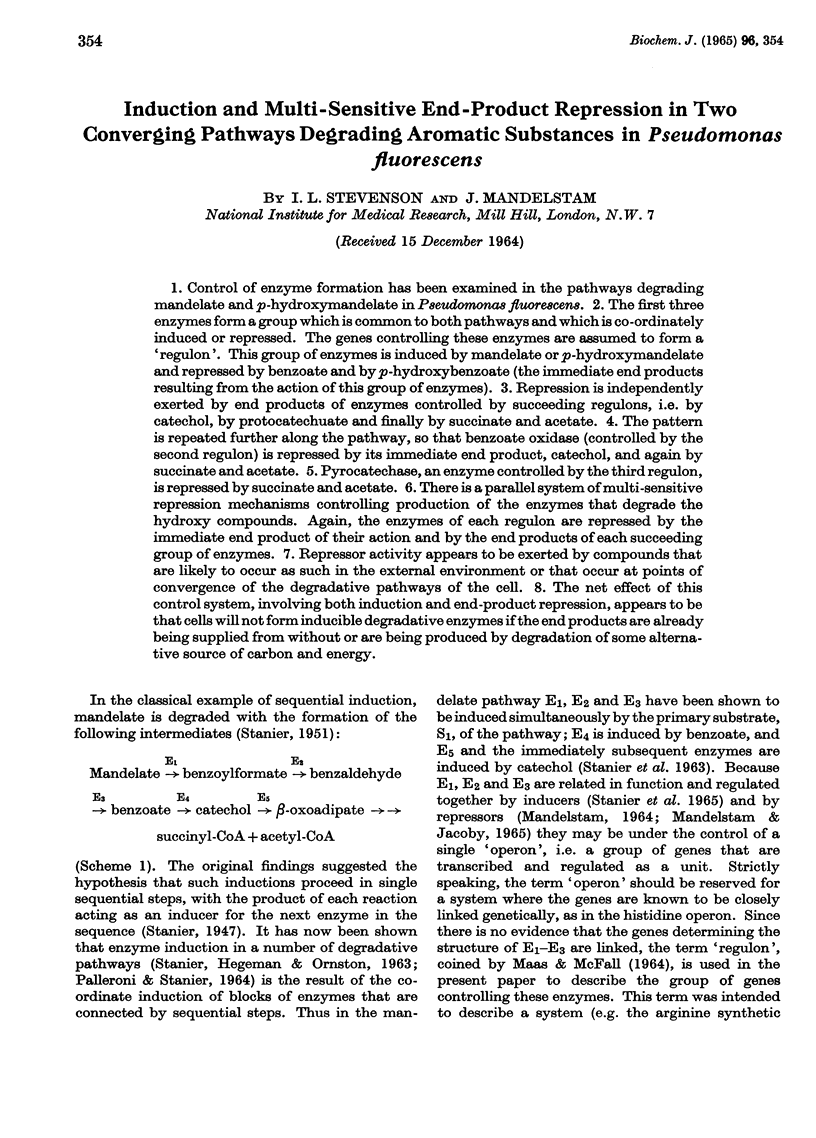
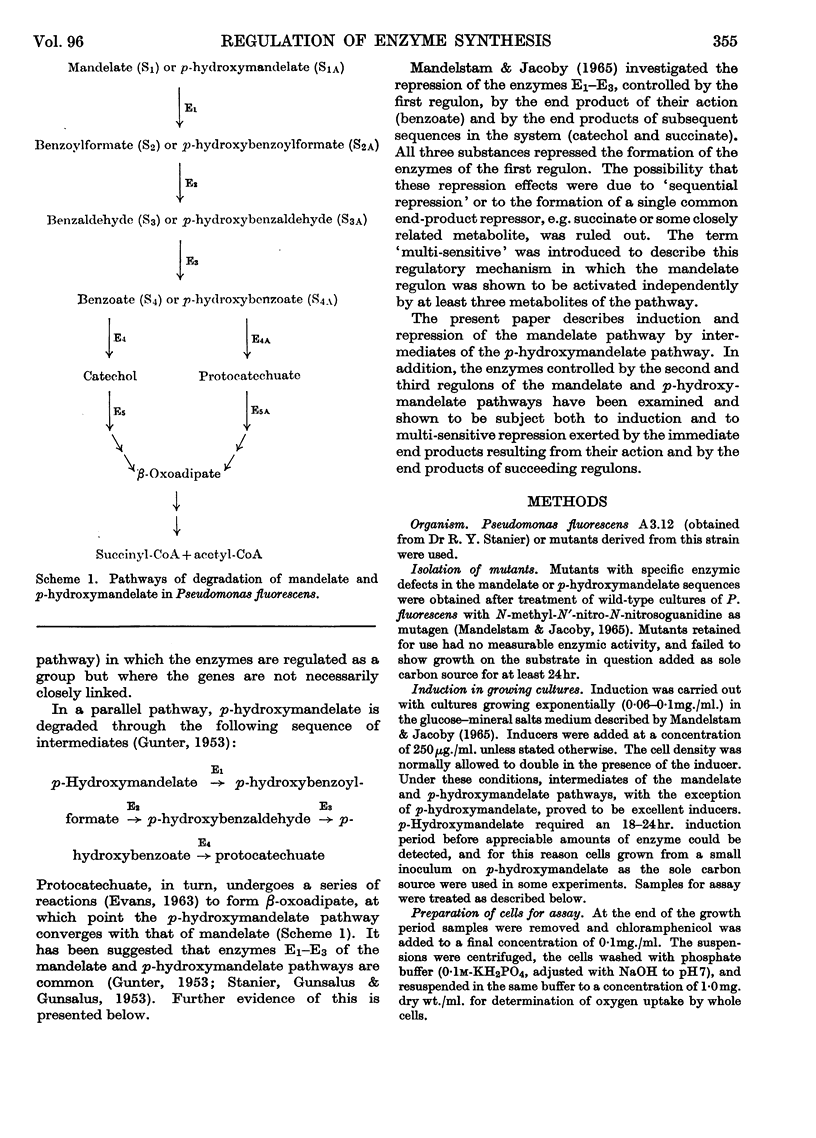
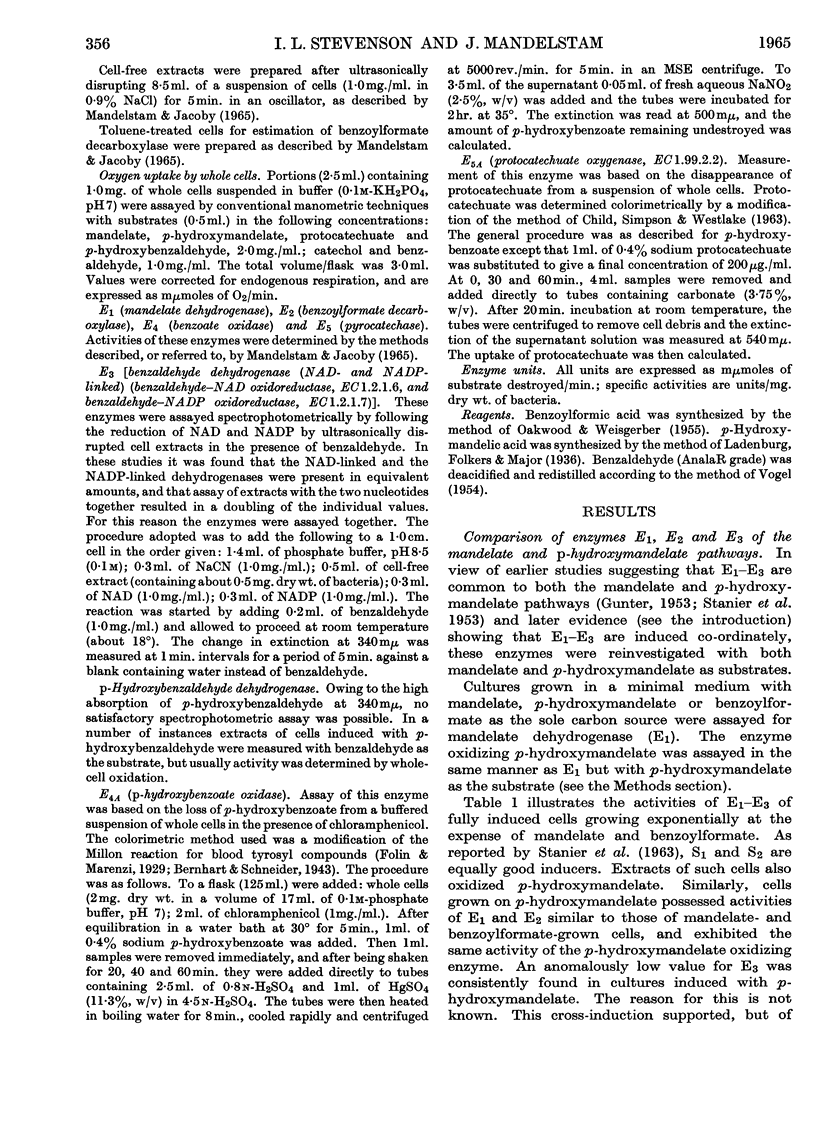
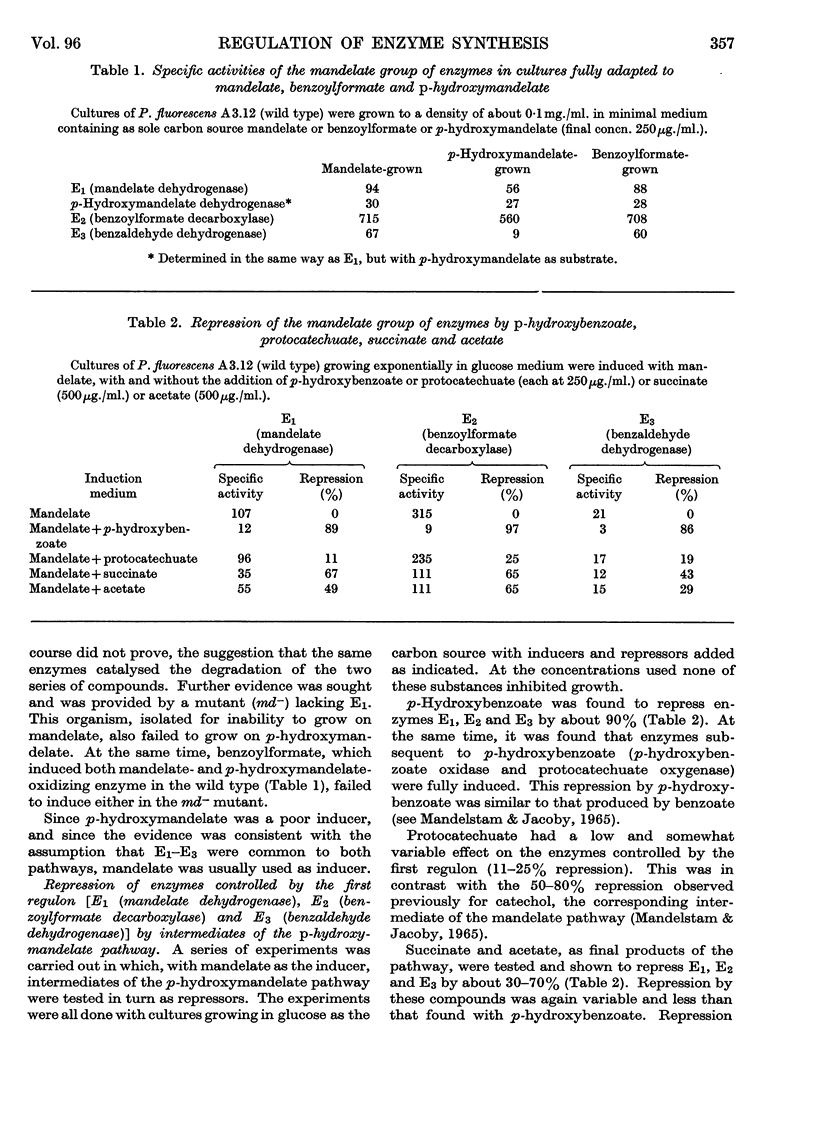
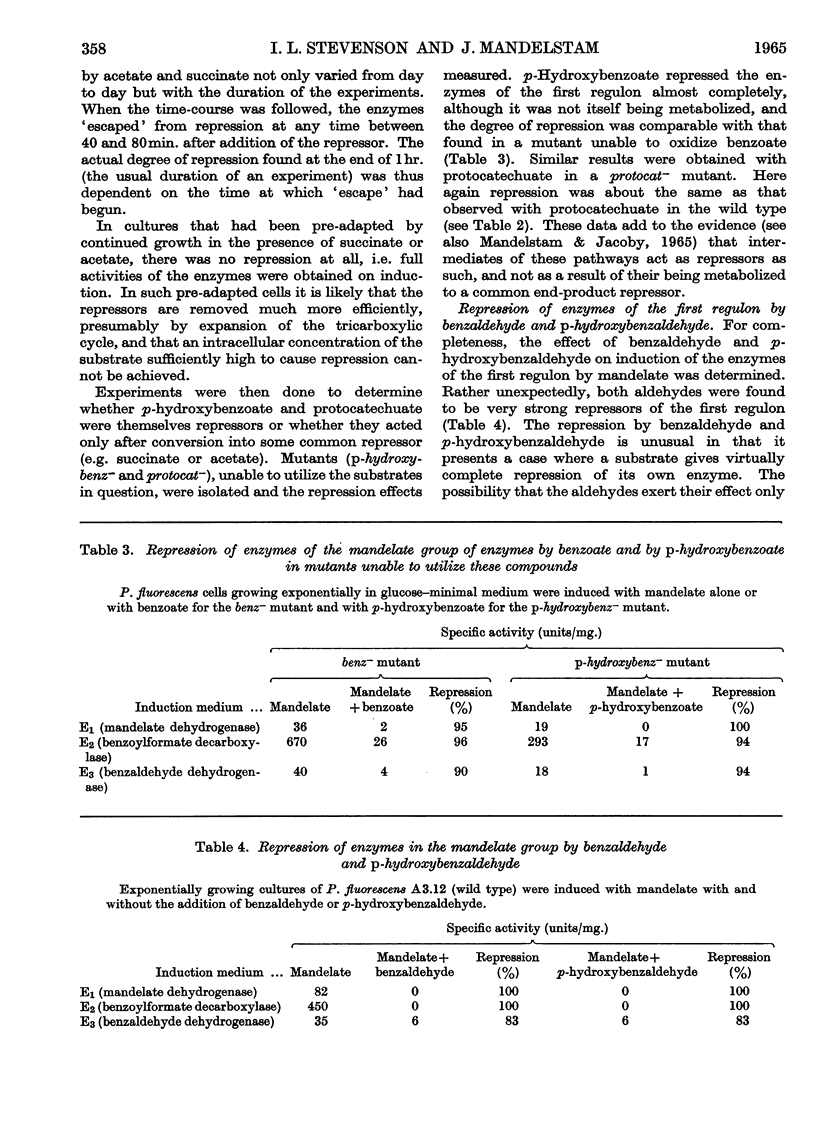
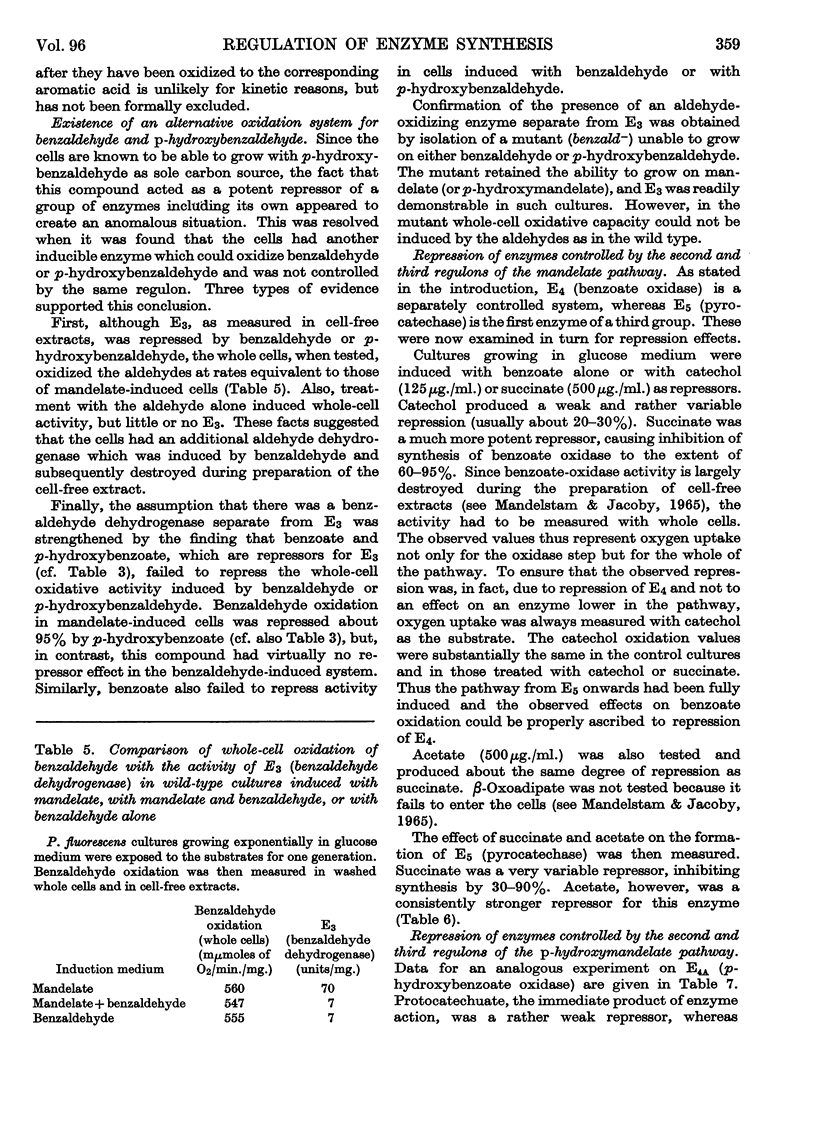
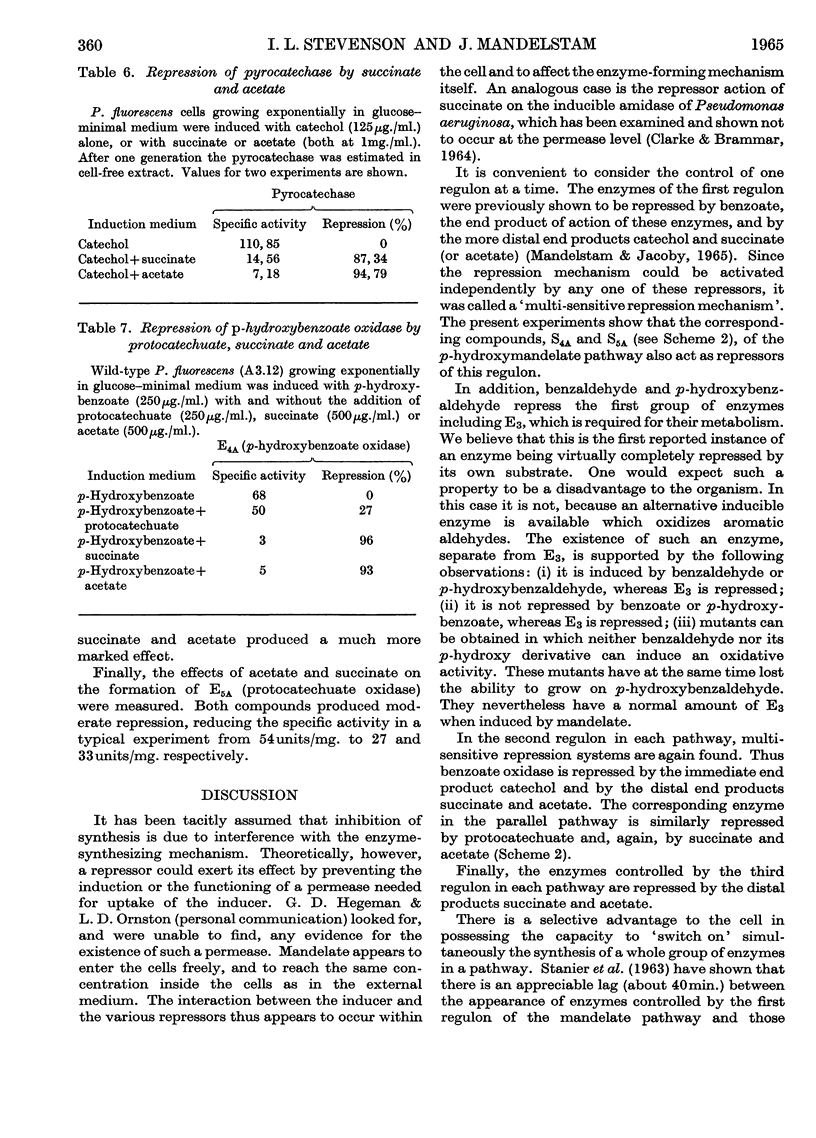
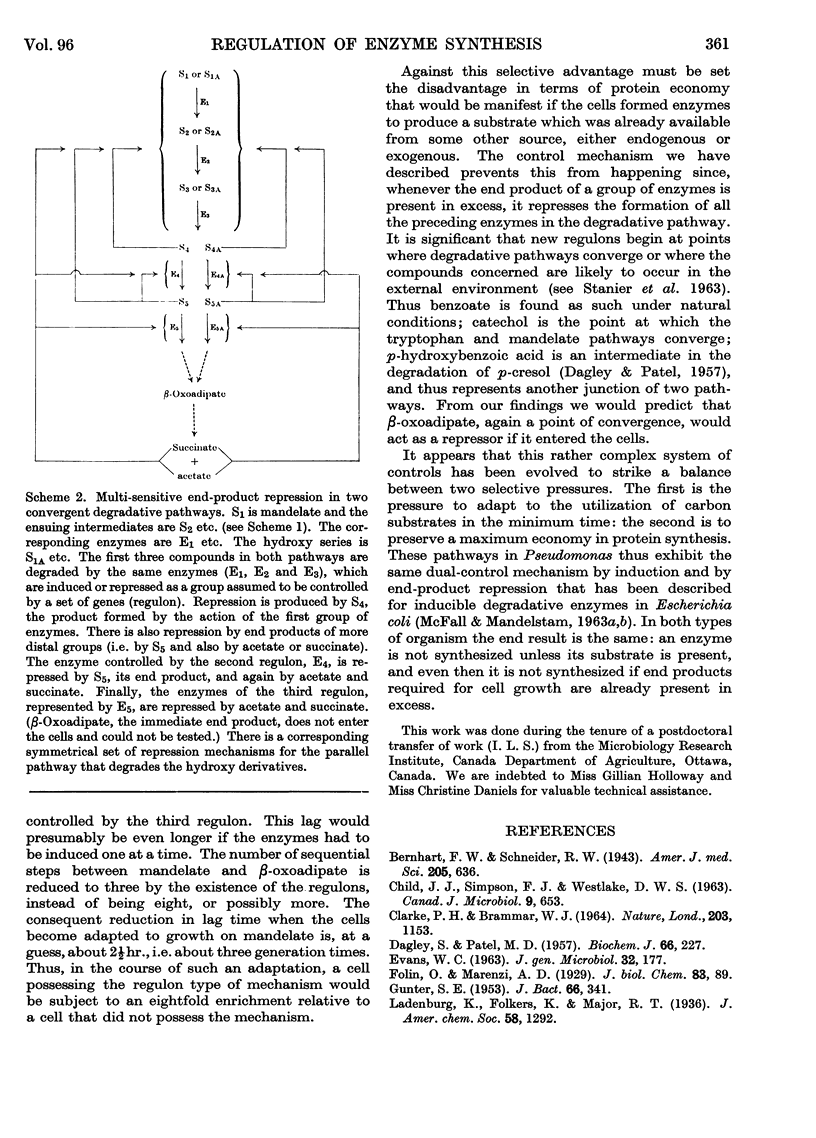
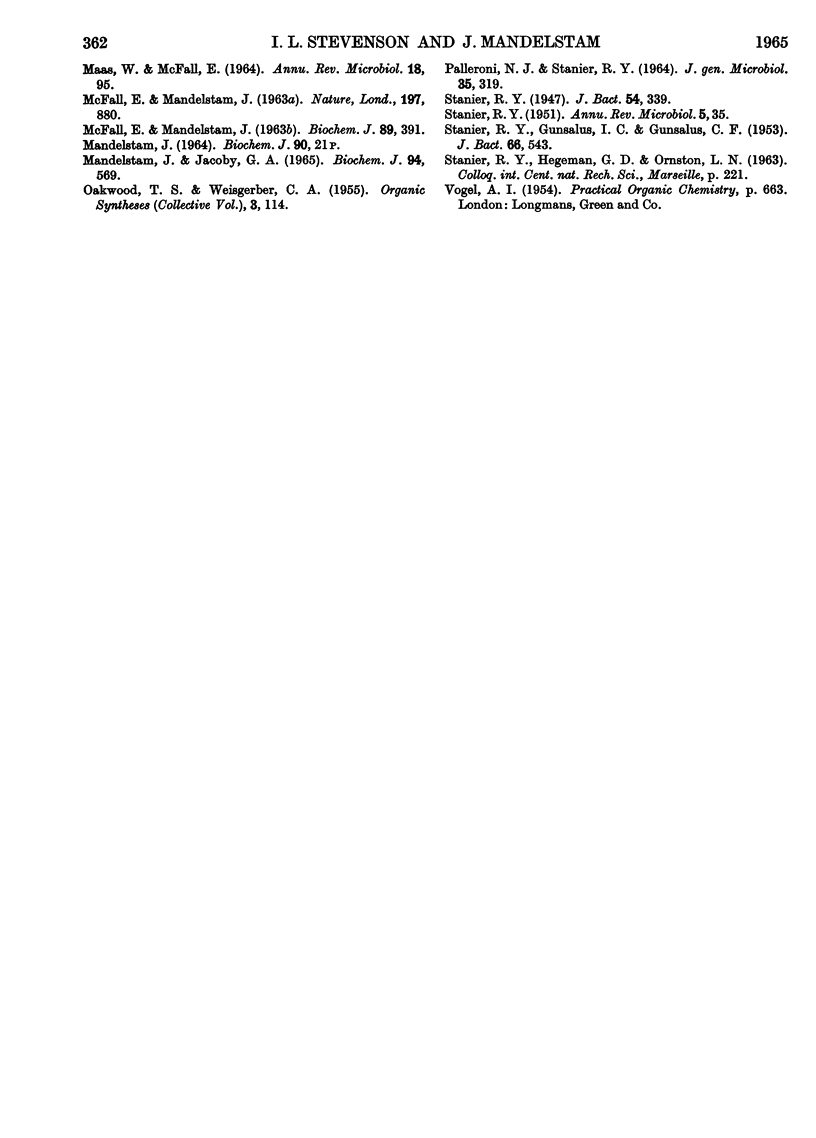
Selected References
These references are in PubMed. This may not be the complete list of references from this article.
- CLARKE P. H., BRAMMAR W. J. REGULATION OF BACTERIAL ENZYME SYNTHESIS BY INDUCTION AND REPRESSION. Nature. 1964 Sep 12;203:1153–1155. doi: 10.1038/2031153a0. [DOI] [PubMed] [Google Scholar]
- DAGLEY S., PATEL M. D. Oxidation of p-cresol and related compounds by a Pseudomonas. Biochem J. 1957 Jun;66(2):227–233. doi: 10.1042/bj0660227. [DOI] [PMC free article] [PubMed] [Google Scholar]
- EVANS W. C. THE MICROBIOLOGICAL DEGRADATION OF AROMATIC COMPOUNDS. J Gen Microbiol. 1963 Aug;32:177–184. doi: 10.1099/00221287-32-2-177. [DOI] [PubMed] [Google Scholar]
- GUNTER S. E. The enzymatic oxidation of p-hydroxymandelic acid to p-hydroxybenzoic acid. J Bacteriol. 1953 Sep;66(3):341–346. doi: 10.1128/jb.66.3.341-346.1953. [DOI] [PMC free article] [PubMed] [Google Scholar]
- MAAS W. K., MCFALL E. GENETIC ASPECTS OF METABOLIC CONTROL. Annu Rev Microbiol. 1964;18:95–110. doi: 10.1146/annurev.mi.18.100164.000523. [DOI] [PubMed] [Google Scholar]
- MANDELSTAM J., JACOBY G. A. INDUCTION AND MULTI-SENSITIVE END-PRODUCT REPRESSION IN THE ENZYMIC PATHWAY DEGRADING MANDELATE IN PSEUDOMONAS FLUORESCENS. Biochem J. 1965 Mar;94:569–577. doi: 10.1042/bj0940569. [DOI] [PMC free article] [PubMed] [Google Scholar]
- MCFALL E., MANDELSTAM J. SPECIFIC METABOLIC REPRESSION OF THREE INDUCED ENZYMES IN ESCHERICHIA COLI. Biochem J. 1963 Nov;89:391–398. doi: 10.1042/bj0890391. [DOI] [PMC free article] [PubMed] [Google Scholar]
- PALLERONI N. J., STANIER R. Y. REGULATORY MECHANISMS GOVERNING SYNTHESIS OF THE ENZYMES FOR TRYPTOPHAN OXIDATION BY PSEUDOMONAS FLUORESCENS. J Gen Microbiol. 1964 May;35:319–334. doi: 10.1099/00221287-35-2-319. [DOI] [PubMed] [Google Scholar]
- STANIER R. Y. Enzymatic adaptation in bacteria. Annu Rev Microbiol. 1951;5:35–56. doi: 10.1146/annurev.mi.05.100151.000343. [DOI] [PubMed] [Google Scholar]
- STANIER R. Y., GUNSALUS I. C., GUNSALUS C. F. The enzymatic conversion of mandelic acid to benzoic acid. II. Properties of the particulate fractions. J Bacteriol. 1953 Nov;66(5):543–547. doi: 10.1128/jb.66.5.543-547.1953. [DOI] [PMC free article] [PubMed] [Google Scholar]
- Stanier R. Y. Simultaneous Adaptation: A New Technique for the Study of Metabolic Pathways. J Bacteriol. 1947 Sep;54(3):339–348. doi: 10.1128/jb.54.3.339-348.1947. [DOI] [PMC free article] [PubMed] [Google Scholar]


